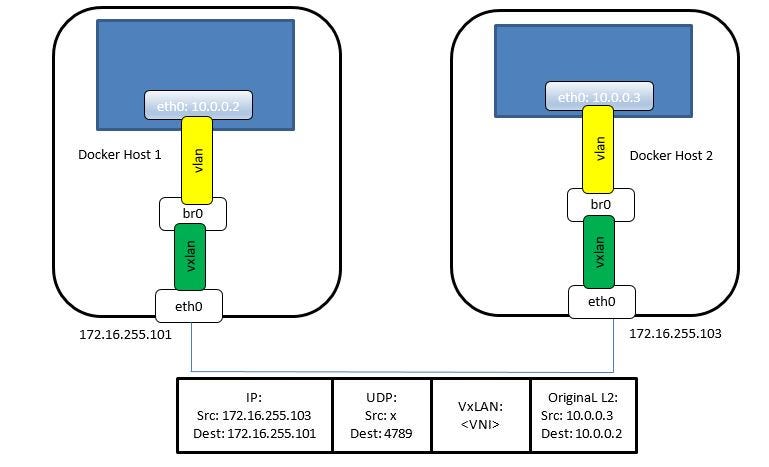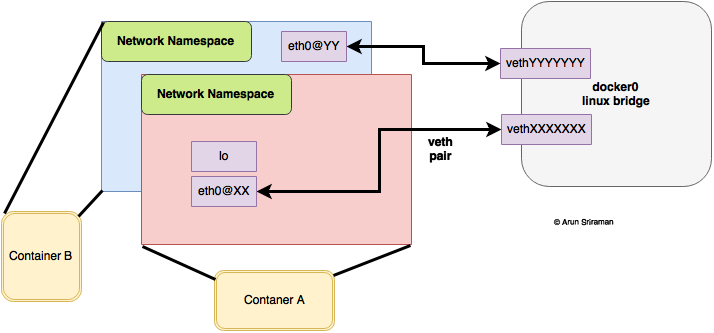
Sharing files on disk: Some applications communicate by reading and writing files. Or an application container might make a connection to a database container. But they can send and receive requests to other applications, using networking.įor example: a web server container might expose a port, so that it can receive requests on port 80.

Two containers can talk to each other in one of two ways, usually:Ĭommunicating through networking: Containers are designed to be isolated.


Container use cases: What are containers used for?.Learn Kubernetes: How to begin your Kubernetes journey.In this article, we’ll look at simple communication between Docker containers, when they are running on the same host (which is sometimes called single-host networking). How do containers communicate with each other, if they’re supposed to be isolated? So if you want to run all of your components in containers, how can the applications talk to each other? A modern application typically consists of a few components – such as a database, a web server, or some microservices. In the real world, beyond the realm of the simple hello-world tutorial, running just one container isn’t enough for most apps. Modern apps consist of different components that need to communicate with each other. If Docker containers are isolated, then how the heck do they communicate with each other?

But now you’re struggling to understand how to run more than one container at the same time. You’ve gone through the quickstarts and you’ve run your first Docker containers.


 0 kommentar(er)
0 kommentar(er)
